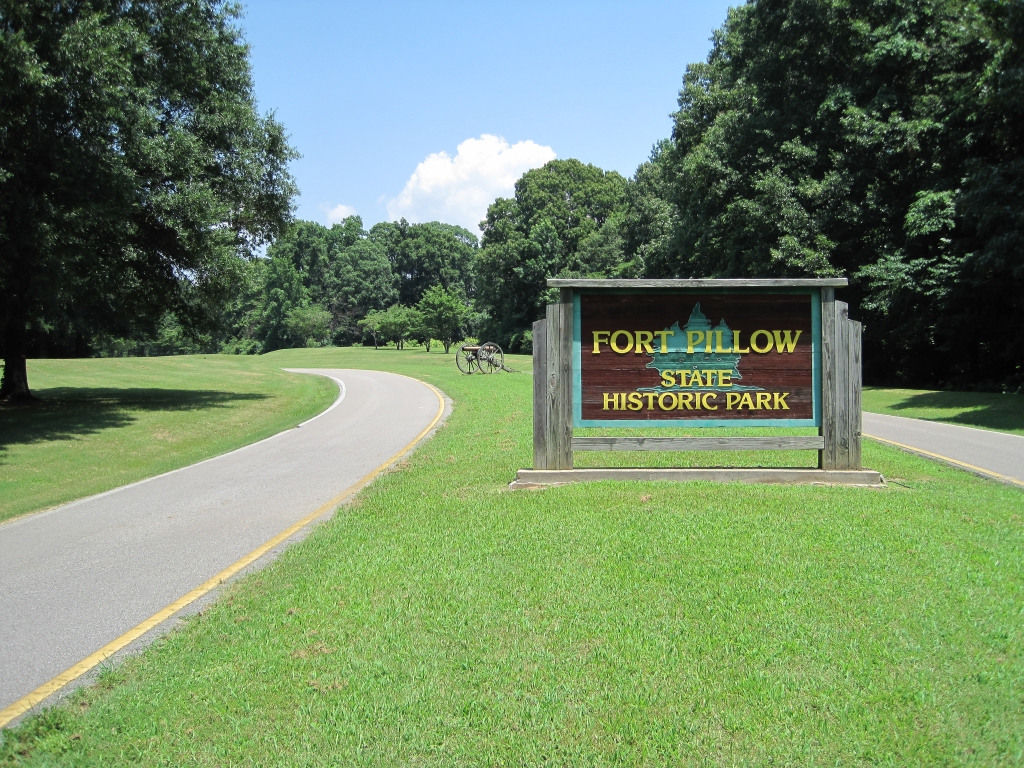States of Matter: Facts
Matter is all around us. Matter is the air you are breathing. Matter is the computer you are reading from now. Matter is the stuff you touch and see. And it is more. Matter is defined as anything that has mass and takes up space. Matter is found in 3 major states; solid, liquid and gas.
So what is matter made of? All matter is made of atoms. Atoms are the smallest particle of matter. They are so small that you cannot see them with your eyes or even with a standard microscope. A standard sheet of paper is about a million atoms thick. Science has come up with a technology to identify atoms called a scanning tunneling microscope (STM) which uses electricity to map atoms. There is more about atoms later, but first let's learn about the three states of matter.
Solids
Matter that is composed of atoms packed tightly together are known as solids. You cannot walk through a solid wall. The matter is packed so tight that it prevents you from moving through it. Solids hold their shape at room temperature. The pencil that you left in the desk at school will still be the same shape when you return tomorrow.
Even in solids there is a small space between the atoms. Depending on how tight the atoms are packed determines the density of matter. This means that a one inch block of wood is not as dense as a one inch block of gold. There is more space between the atoms of the wood than the atoms of the gold.
Liquids
Liquids do not hold their shape at room temperature. There is space between the atoms of a liquid and they move slightly all of the time. This allows you to stick your finger into water and pull it back out, letting the water fill back in where your finger once was. But when walking through the water in the swimming pool, you have to push the water out of the way ‐ this means that you feel the heaviness of the water. Liquids flow or pour and can take on the shape of a container. If the liquid is poured into a wider or narrower container, the liquid will take on that new shape. Liquids are affected by gravity. If you pour only half a cup of milk, the top half of the container would have no milk. Liquids cannot be handed to another person well without the container. Imagine going into a restaurant and asking for lemonade. What if the waiter just put the lemonade into your hands ‐ no glass or cup? Could you lay the lemonade on the table to drink in a few minutes? Even water in a river or a lake has a container ‐ the banks, the bottom, the shore ‐ they form the container.
Gases
Gases not only do not hold their shape at room temperature, they don't even stay put. Gases are always moving. There is so much space between the atoms in gas that you can move around in them easily. When you walk from one side of the room to the other, you have walked through a bunch of gases that make up our air. You barely even know they are there. Gases will take on the shape of their container and can be compressedinto a smaller space. Like when we compress air into a balloon ‐ it fills out the balloon shape. Gases will fill up the space too. You don't see only half of the balloon filled with air ‐ the air is not as influenced by gravity as a liquid or a solid would be.
For a better understanding, take a look at these animations of the behavior of solids, liquids and gases.
Change of State
Matter can move from one state to another, but can still be the same substance. A change of state, also called a phase change, is a physical change from one state of matter to another, for example, from solid to liquid or from liquid to gas.
How does matter move from one phase to another? If the motion of the atoms is altered by pressure or temperature, the state can change too. By lowering the temperature of water, it can freeze into a solid. By heating water, it can become steam which is a gas. Whether solid, liquid or gas ‐ water is still water.
Pressure can change matter from one state to another. Deep in the earth solids turn to liquids because the heavy weight of layers and layers of the earth push down on the solids causing them to turn to liquid magma. This is just one example of how pressure can change matter too.
Other matter changes too, but often only exists in two states or requires the help of humans and technology to move through all three phases. Water is the only matter on earth that can be found naturally in all three - solid, liquid and a gas.

























